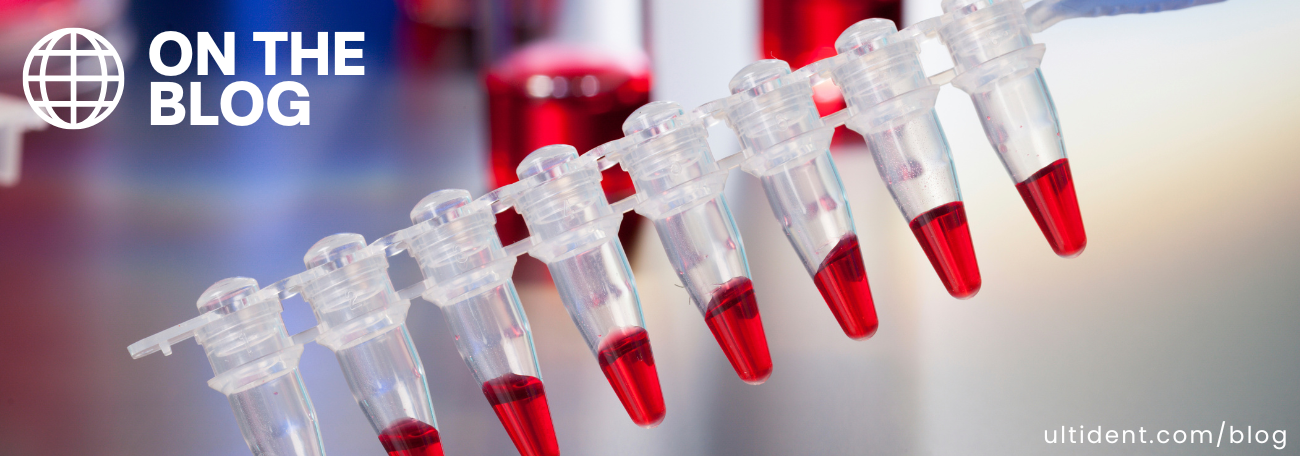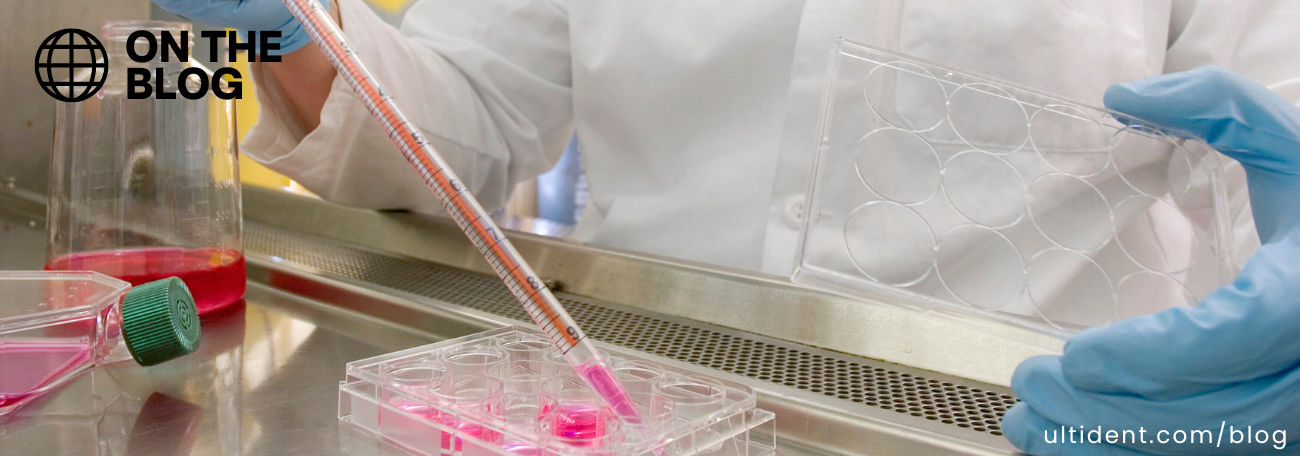The History of Your Favourite Lab Equipment


The History of Your Favourite Lab Equipment
You use them in the lab every day, but have you ever stopped and wondered how these products were invented? In today’s blog we investigate the intriguing history of some of your favourite pieces of scientific equipment.
The Centrifuge
Centrifuges offer an efficient means of preparing and separating samples of different densities and viscosities by placing a tube in a rotor and spinning it at a defined speed. This form of density-driven preparation dates to the 1400s when dairy farmers would use hand powered milk separators to separate cream from milk. In 1864, the dairy centrifuge was mechanised by Antonin Prandtl, but it was only in 1869 that Friedrich Miescher became the first scientist to use a centrifuge in a lab. Miescher successfully isolated nucleic acids from the nuclei of white blood cells, a discovery which served as an important development in the discovery of DNA inheritance.
Magnetic Stirrers
Magnetic stirrers provide a quiet and efficient way to stir small quantities of non-viscous liquids. The first patent for an electric stirrer was issued to Richard H. Stringhamand in 1917 who used stationary electromagnets in the base. However, It was only in 1944 that Arthur Rosinger filled a patent application for a magnetic stirrer that included a coated bar magnet driven by a rotating permanent magnet, something which closely resembles what we still use today.
Shakers
In 1949, After many unsuccessful attempts to isolate an antibiotic producing bacterium for treating infection, students at Rutgers University identified the frequent failure of their manual test tube shaking apparatus to be the problem. They met with David and Sigmund Freedman at the newly formed New Brunswick Tool & Die Company and together built a more effective shaking device, the New Brunswick Shaker. In 1952, commercial demand for The New Brunswick Shaker exploded after it was used in the nobel-prize winning isolation of streptomycin, the first antibiotic effective against tuberculosis.
Vortex Mixers
By the 1960’s shaking led to vortexing, a much more vigorous liquid mixing technology that uses a circular motion for mixing small vials of liquid. The vortexer soon became the ‘workhorse’ of many labs with most of today’s vortexers still closely resembling the original Models.
Pipettors
Before modern micropipettes, researchers used a technique called mouth pipetting where they would use a thin graduated cylinder as a straw to measure and transfer liquids. This method had many drawbacks in terms of accuracy and safety with the first documented laboratory infection due to mouth pipetting occurring in 1893, when a physician accidentally sucked a culture of typhoid bacilli into his mouth! Frustrated with trying to accurately pipette small volumes, Heinrich Schnitger, then a postdoc at the University of Marburg, Germany, developed the first prototype of a fixed-volume piston-driven pumping system, it was patented in Germany in 1961 and was described as a ‘device for the fast and exact pipetting of small liquid volumes.’ Like most pieces of equipment, the design has been tweaked over decades by scientists all over the world with researchers building upon the genius of those before them.
Is your lab's still using equipment that's stuck in the past ? Browse our selection and save up to 35% on benchtop equipment today!
Or check out our new blog article: Upgrading Your Lab: The Benefits of Investing in Benchtop Equipment





